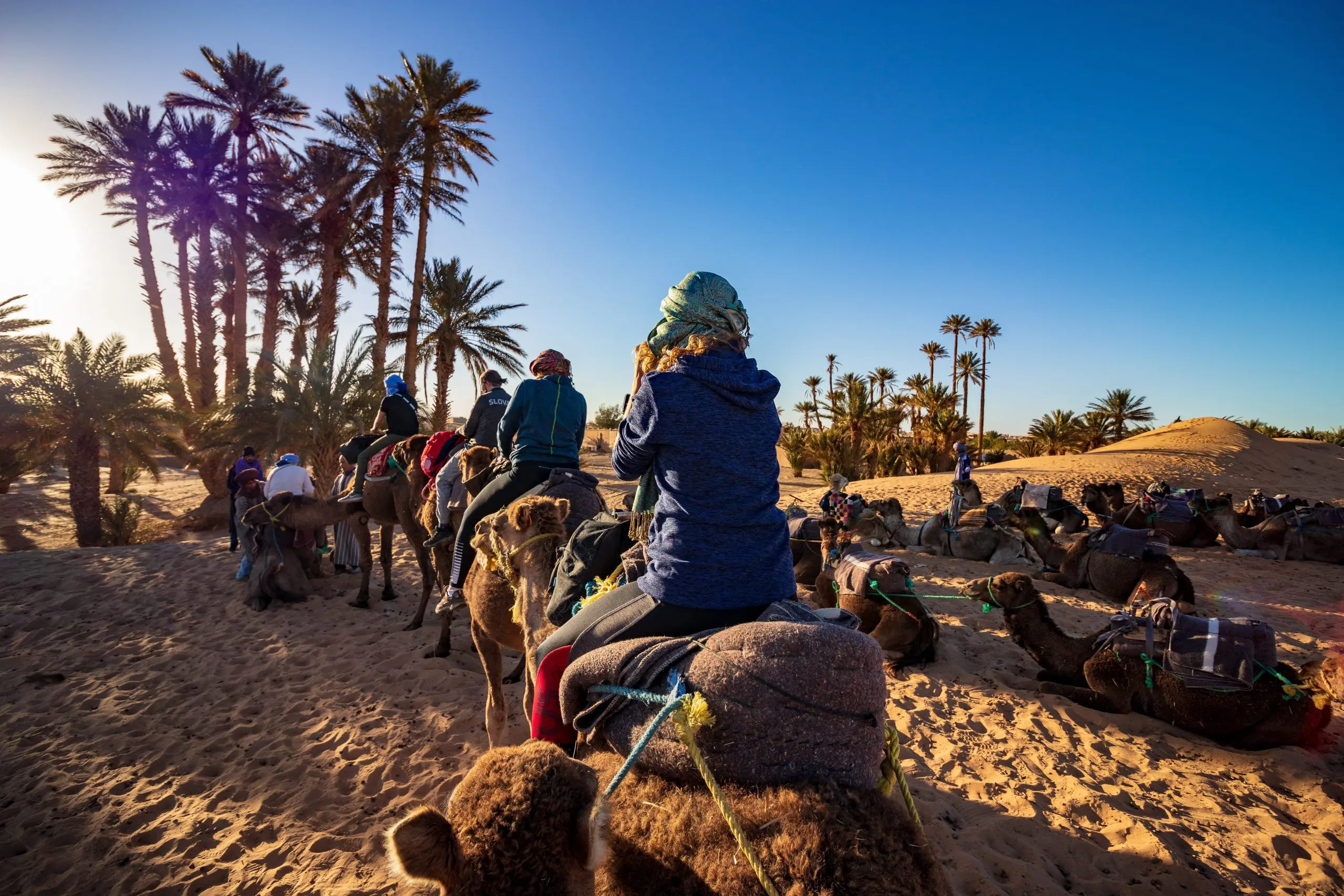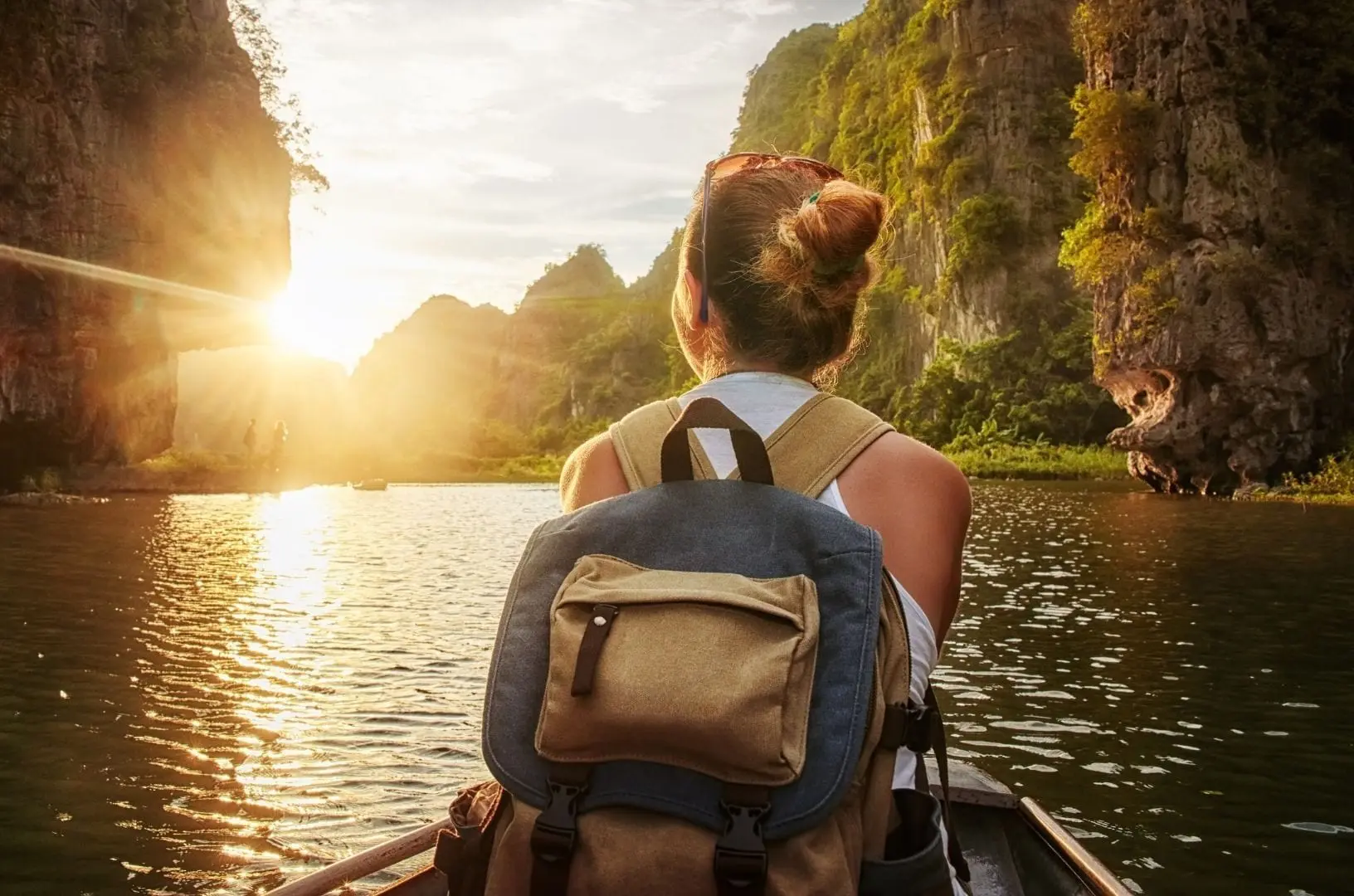Every year on the 24th of June, the multi-coloured spectacle; the festival of the sun or Inti Raymi, grips the former capital of the Inca Empire, Cusco. The beat of more than a dozen drums, sweet rhythms created by siku pan flutes, low chanting, and booming echoes emanating from conch shells, tantalise thousands of onlookers. The elaborate procession traverses through ancient grounds and streets, and is accompanied by 25,000 Quechua performers adorned in bright embroidered outfits, colourful feathers, fabric masks, and dazzling face paint.
When visiting Cusco during this special occasion, travellers can participate in Peru’s largest festival. It makes for a unique experience and an exceptional story to tell. One should not miss out on this re-enactment of history. So here’s our traveller’s guide to Inti Raymi in Peru.

What is Inti Raymi?
When the sun is farthest away from the Earth, culminating in the shortest day of the year (also known as the winter solstice), Inti Raymi is celebrated. The festival pays homage to the Dios Sol (the sun god), Inti, and it symbolises the beginning of a new year. In the old days, the Incas credited Inti as their source of life. Therefore, the festival embodied their gratitude towards Inti for the past year, and it was a way to ask for the return of land in the upcoming year.
After hundreds of years, Inti Raymi is still the pride of Peru, encapsulating Peruvian culture and the Inca legacy. In 2022, Inti Raymi falls on Friday 24th June.

The History Behind Inti Raymi
Inti Raymi was established in 1430 AC. by Pachacuti, the ninth Sapa Inca, or Inca leader. From then on, it became the most important ceremonial and religious festivity throughout the Tahuantinsuyo (Inca Empire).
Originally, it was a nine day celebration. The first three days of the festival began at Coricancha, the Inca Temple of the Sun, it progressed through Cusco city, and ended at the fortress of Sacsayhuaman.
On the main day of the festival, the 24th of June, the Sapa Inca would toast to Inti with the best chicha de jora (corn beer).
The fourth day entailed the sacrifice of many Llamas and Alpacas. Sometimes, children from the empire were sacrificed too. It was thought that the organs of black llamas could predict the outcome of the following year.
Inti Raymi was the greatest Inca celebration. However, after the Spanish conquest, the catholic church banned Inti Raymi festivities in the 1570s as they were considered pagan.

Inti Raymi Today
In the modern day, Inti Raymi is a theatrical representation of the historical ceremony. Actors who speak Quechua are carefully chosen and their costumes are meticulously crafted. The most important roles are that of the Sapa Inca and his wife, the fertility Goddess, Mama Ocllo. Other actors play priests, nobles, villagers, and pallbearers.
Festivities commence at 8 am when the Sapa Inca praises and thanks Inti in Quechua. The Sapa Inca and his wife are then carried in a golden chariot along the procession route. Local women scatter the route with yellow flowers and then proceed to sweep them away to prevent evil spirits. The burning of cocoa leaves, folk dances, and more spiritual worship follow. At sunset, the ceremony concludes with a blazing bonfire and the return of Sapa Inca and Mama Ocllo to Cusco city.
The grand celebration is free and still follows the exact ancient route laid down over 600 years ago by Pachacuti Inca Yupanqui. But you’ll be happy to hear that no llama or child is sacrificed. Instead, a llama sacrifice is staged to appease Inti and a faux heart is shown to the crowd.

Where can I watch Inti Raymi in Peru?
Visitors have a few options of where to watch the great festival of the sun. For the best viewing spots, make sure to arrive early morning as it’ll get crowded very quickly. Make sure to pack enough food and drinks for the day, and maybe something to sit on if you decide to go to Sacsayhuaman.
At Coricancha
At the Temple of the Sun, there is no official seating – you’ll have to stand to watch the parade. Here, festivities take place in the gardens in front of Coricancha which is located on Avenida El Sol.
In Plaza de Armas
In the heart of Cusco city, it is recommended to find a spot in a cafe, restaurant, or bar on the second floor of an establishment with a balcony. Most of the plaza is cordoned off for the festivities, so viewing spots here are quite limited. Crowds of four to five rows deep can gather in the colonial arcades around Plaza de Armas. Do book your spot in advance if you decide to go with a balcony.
At Sacsayhuaman
The general entrance to the ruins allow all visitors free access to the surrounding hills which overlook the festivities. Keep in mind, both hills get crowded from very early in the morning. For the best viewing spots, head to the ruins at 8am.
For a better view of the festivities, you do have the option of purchasing seating in the grandstand. However, tickets can cost over 100 USD and they’re sold on a first come, first served basis.

Participate in Inti Raymi festivities with Travel Talk on one of our Peru tours. Book now to avoid missing out!
 February Sale; 2 For 1
February Sale; 2 For 1  Croatia Sailing : 2 For 1
Croatia Sailing : 2 For 1 Asia Tours : 2 For 1
Asia Tours : 2 For 1 Central & Eastern Europe Tours: 2 For 1
Central & Eastern Europe Tours: 2 For 1  Why Travel Talk
Why Travel Talk Travel Talk Blog
Travel Talk Blog Responsible Travel
Responsible Travel Fair Travels with Travel Talk
Fair Travels with Travel Talk